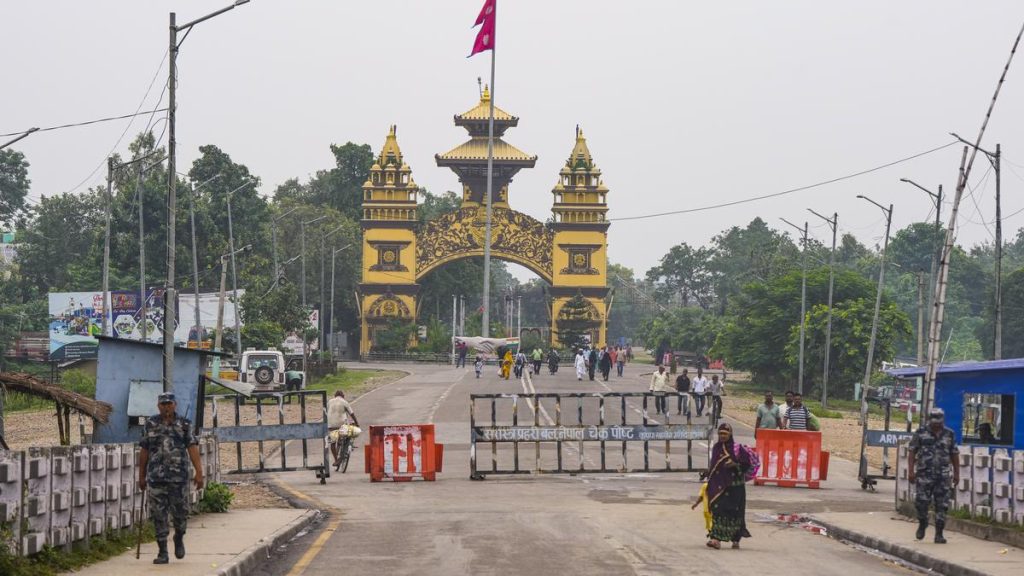Now Reading: Why the Atlantic Hurricane Season Has Suddenly Stilled
-
01
Why the Atlantic Hurricane Season Has Suddenly Stilled
Why the Atlantic Hurricane Season Has Suddenly Stilled

Fast Summary
- September 10, traditionally the peak of hurricane activity in the Atlantic basin, has so far seen an unusual lull, with no tropical storms in sight over two weeks.
- Meteorologists attribute this pause to atmospheric conditions created by the Madden-Julian Oscillation (MJO), which currently positions high-pressure air over the Atlantic. High pressure contributes to dry air and suppressed storm progress.
- Six tropical storms have formed this season; only Hurricane Erin reached hurricane status as a Category 5 storm but remained mostly over the ocean.
- Ocean water temperatures remain primed for potential hurricane formation, and meteorologists predict low-pressure conditions conducive to storm activity will return within 10-14 days.
- Predictions made in May forecasted 13-19 total tropical storms this season, with six-to-ten hurricanes and three-to-five major hurricanes-current data suggests these forecasts remain plausible.
- Experts warn that similar quiet periods have preceded late-season spikes in activity historically; half of this year’s hurricane season remains ahead.
Read More: Hurricane Science Has a Lot of Jargon-Here’s What It All Means
Indian Opinion Analysis
While India lies outside the Atlantic basin’s immediate influence, observing global weather phenomena such as hurricanes is critical for understanding broader climate trends. The current lull during peak hurricane season underlines how interconnected global systems like atmospheric oscillations impact natural cycles. Insights into factors like warm ocean waters or high-pressure patterns provide valuable information applicable across regions prone to cyclones or monsoons.For India specifically-which experiences it’s own intense weather events like cyclones-the evolving science behind forecasting underscores its importance for disaster preparedness. India’s focus on enhancing meteorological infrastructure should learn from international studies linking long-term patterns like MJO with extreme weather events. Given shared vulnerabilities between coastal populations worldwide-including India’s eastern seaboard-remaining vigilant about rapidly changing conditions globally remains vital not only scientifically but also strategically.

























